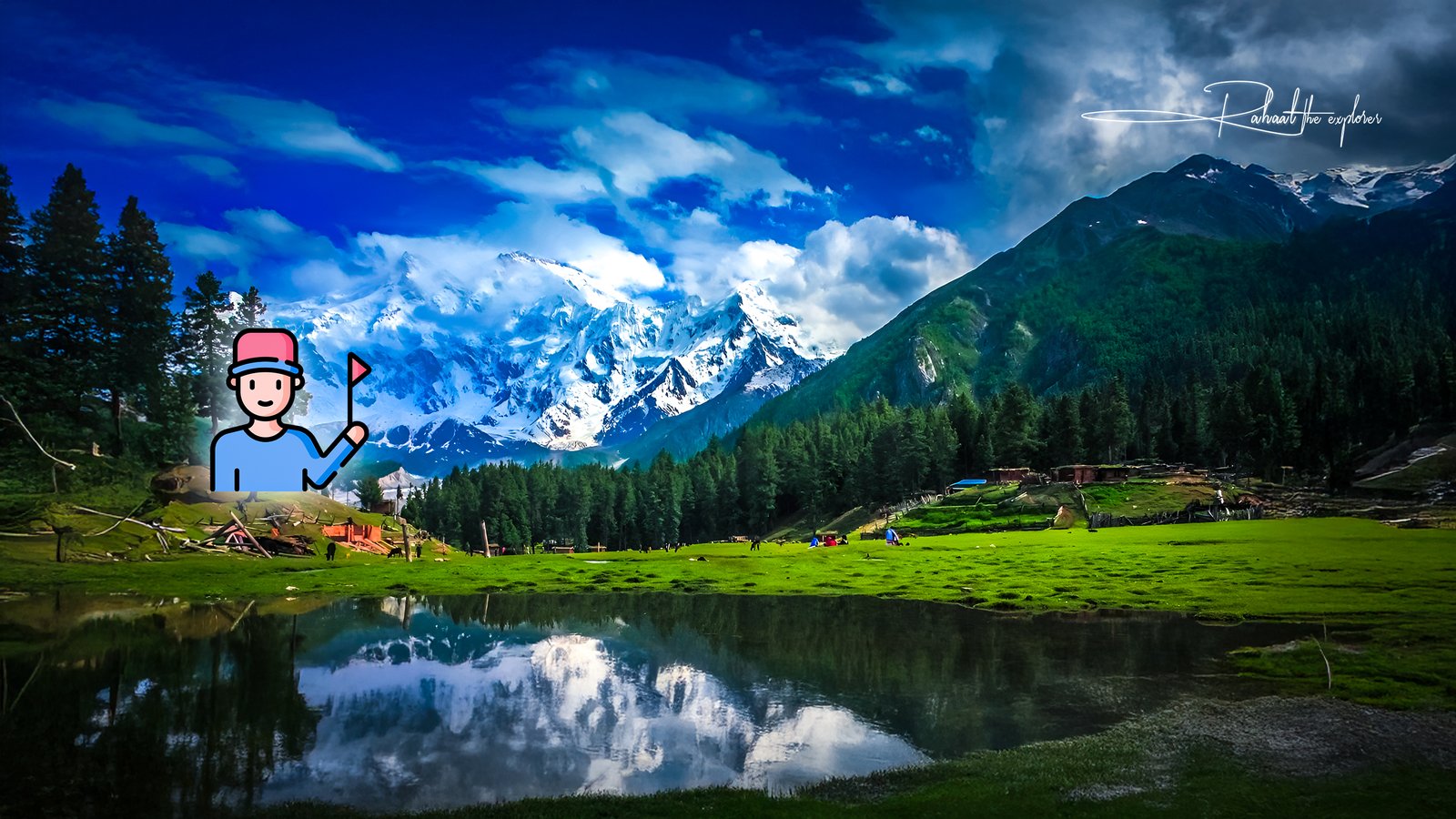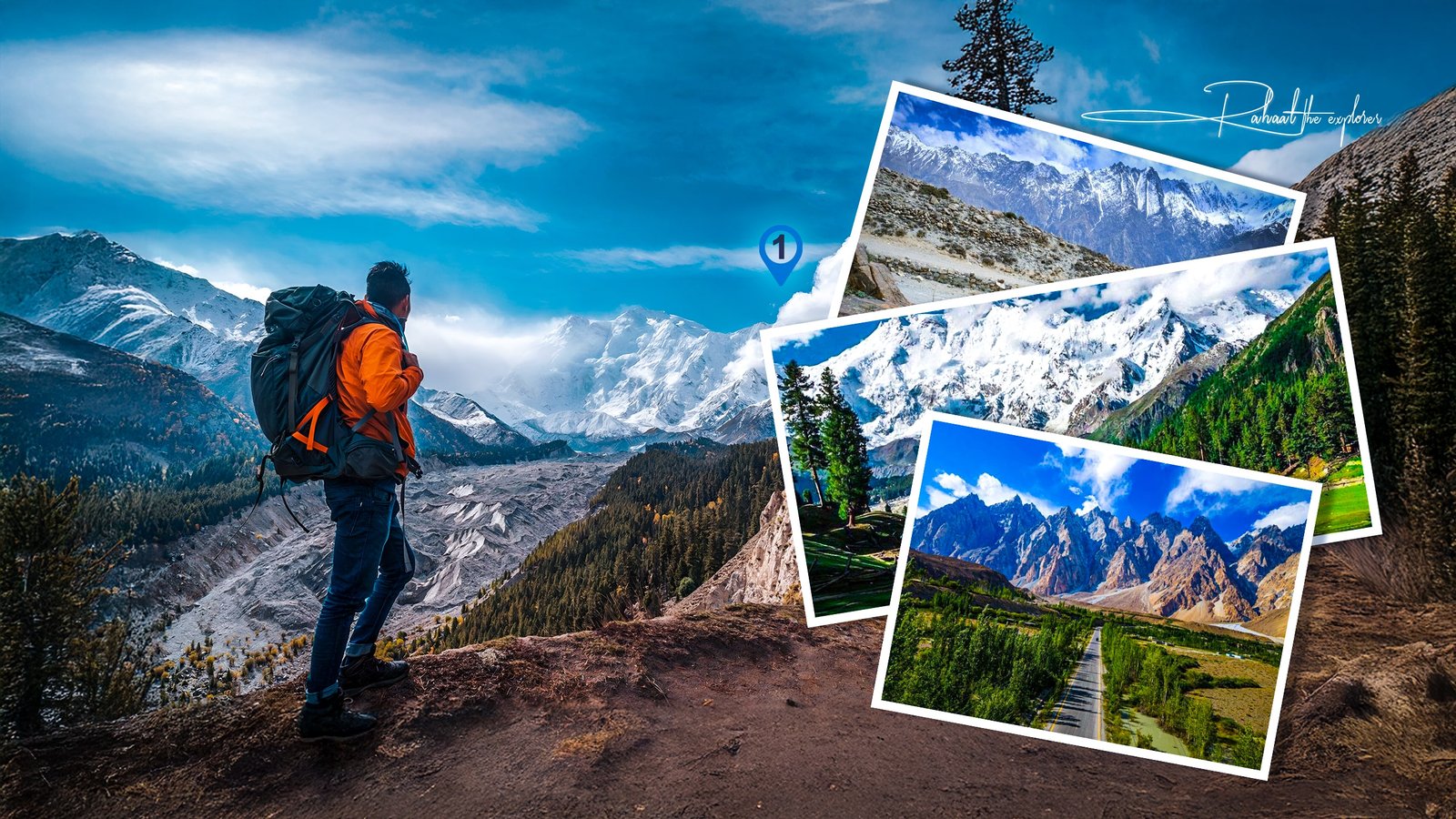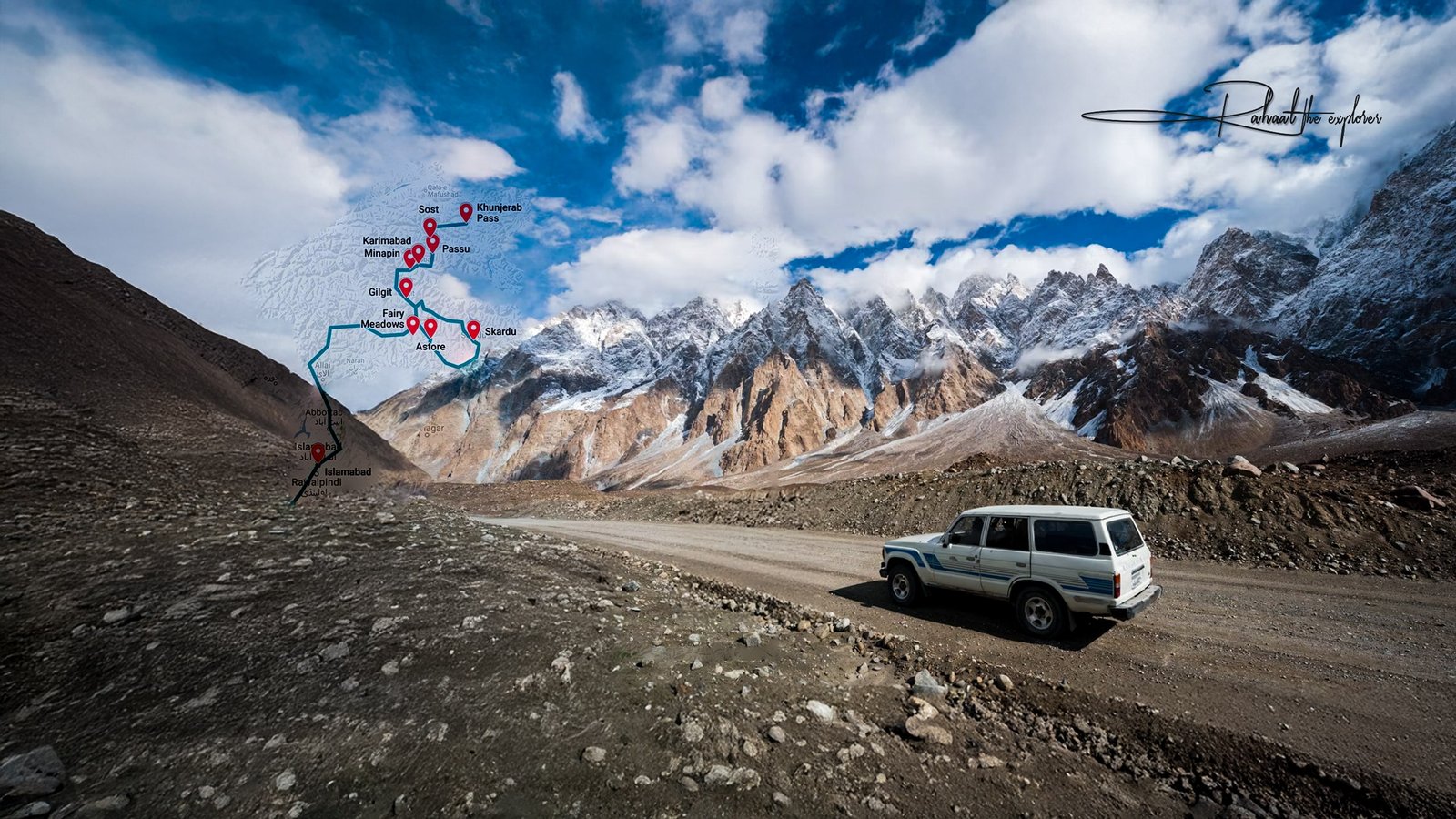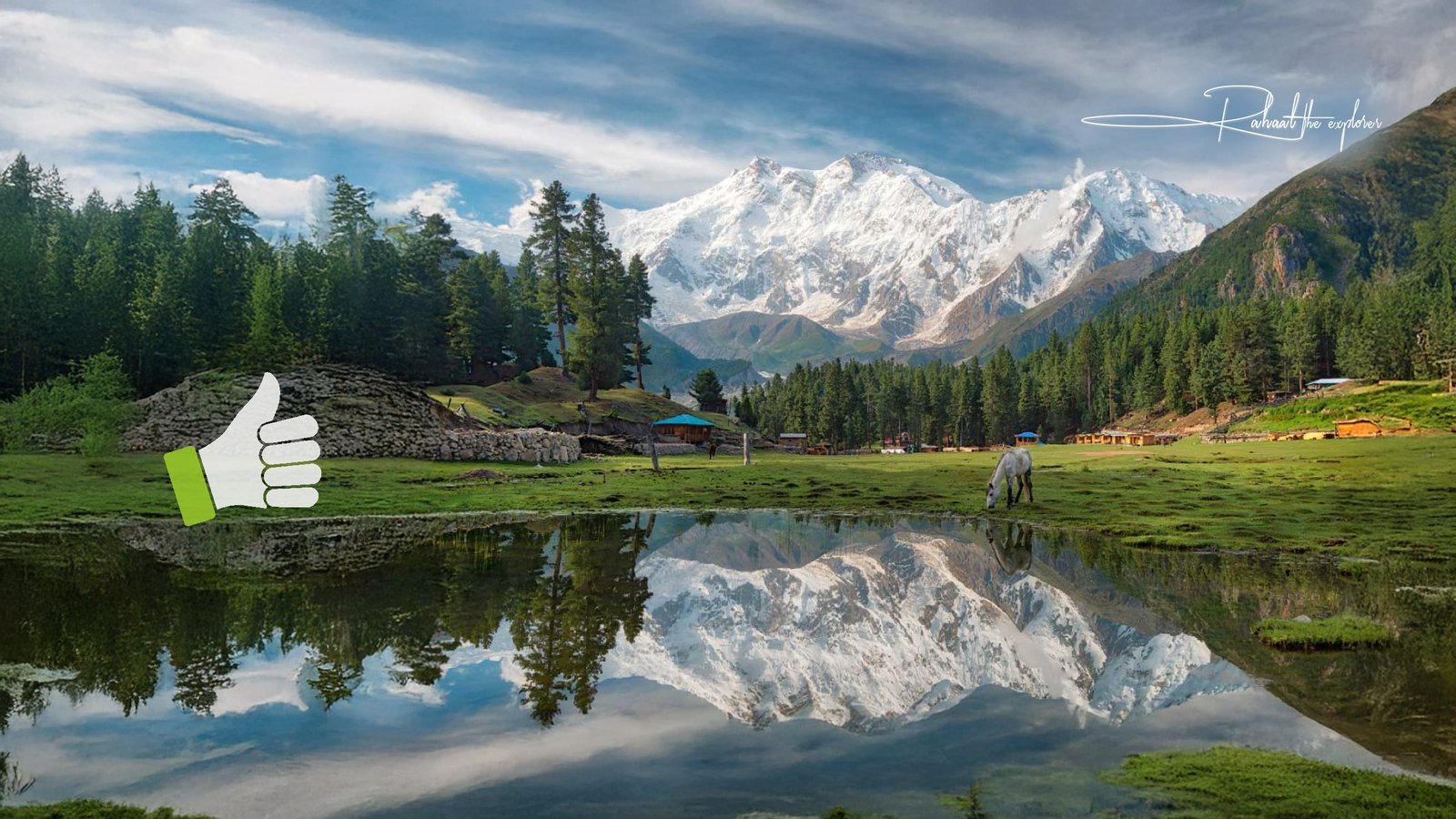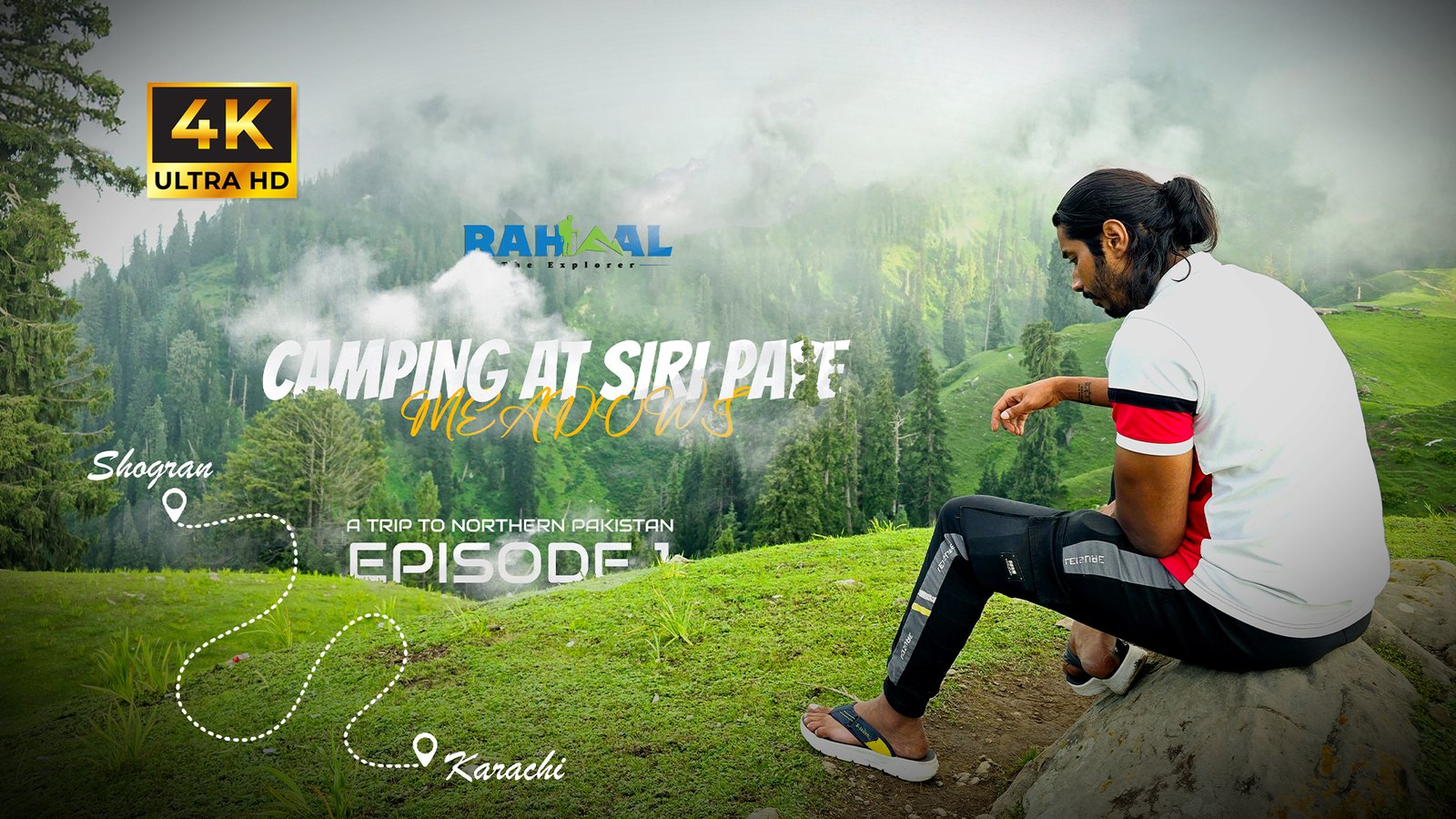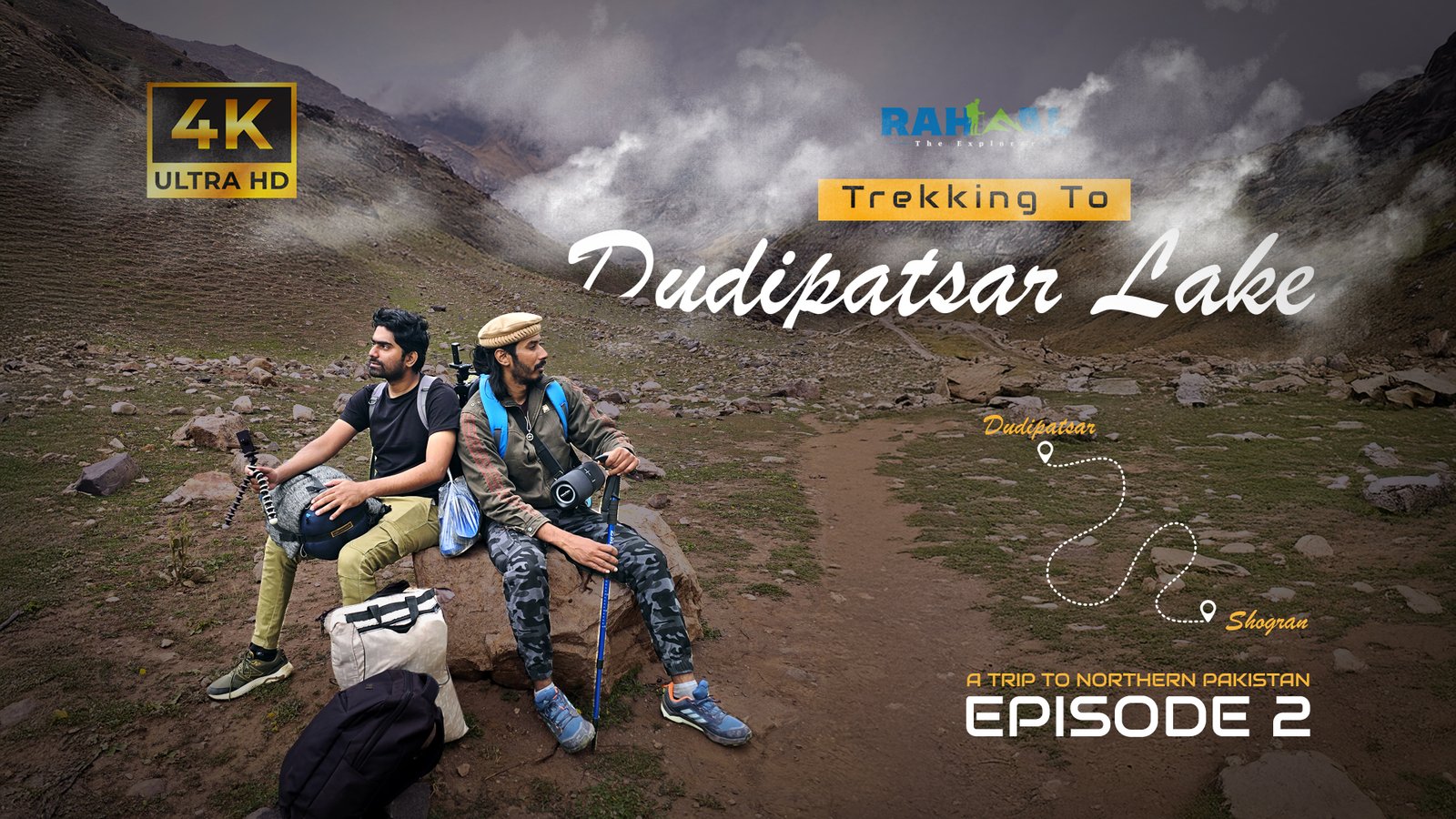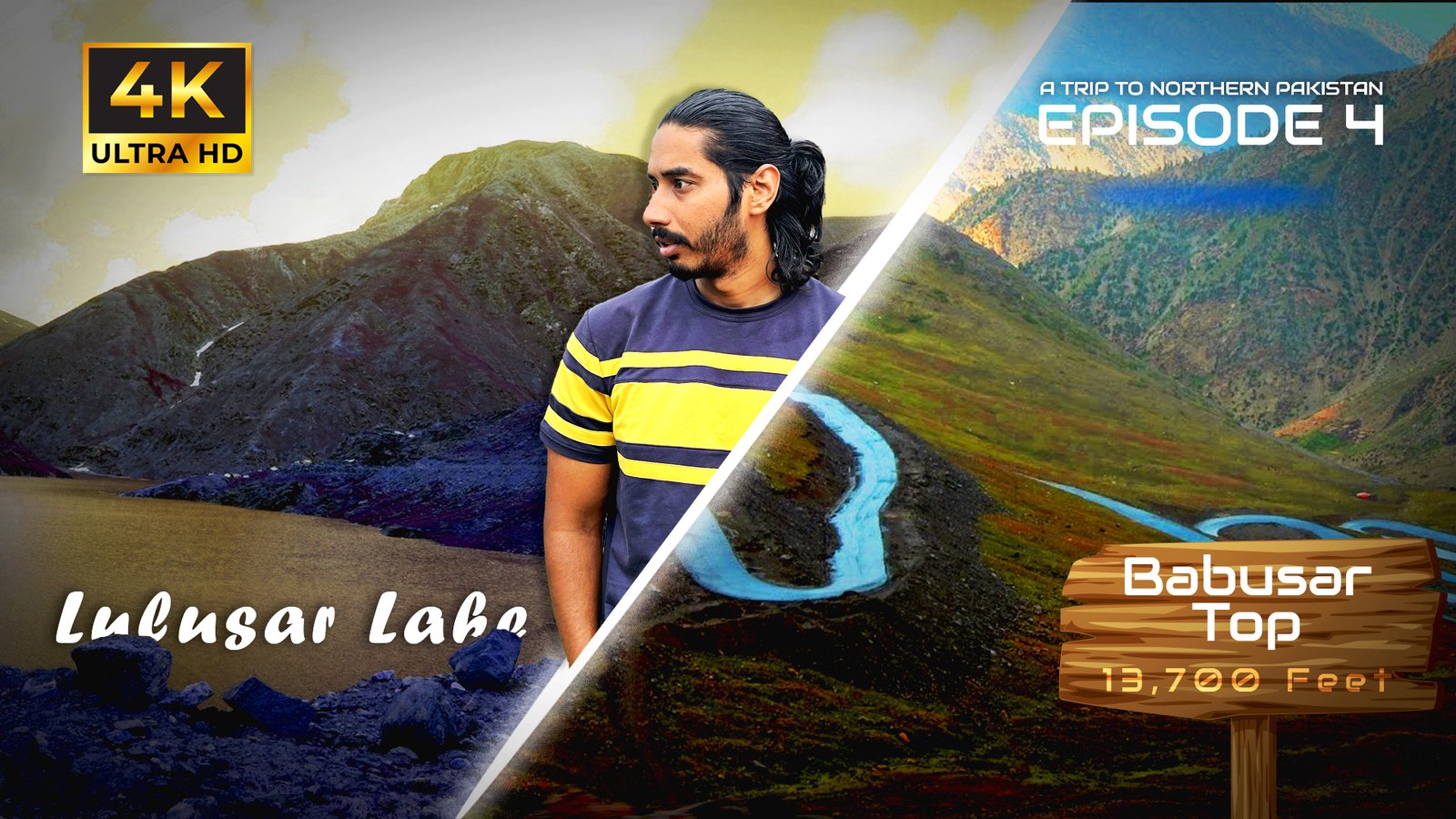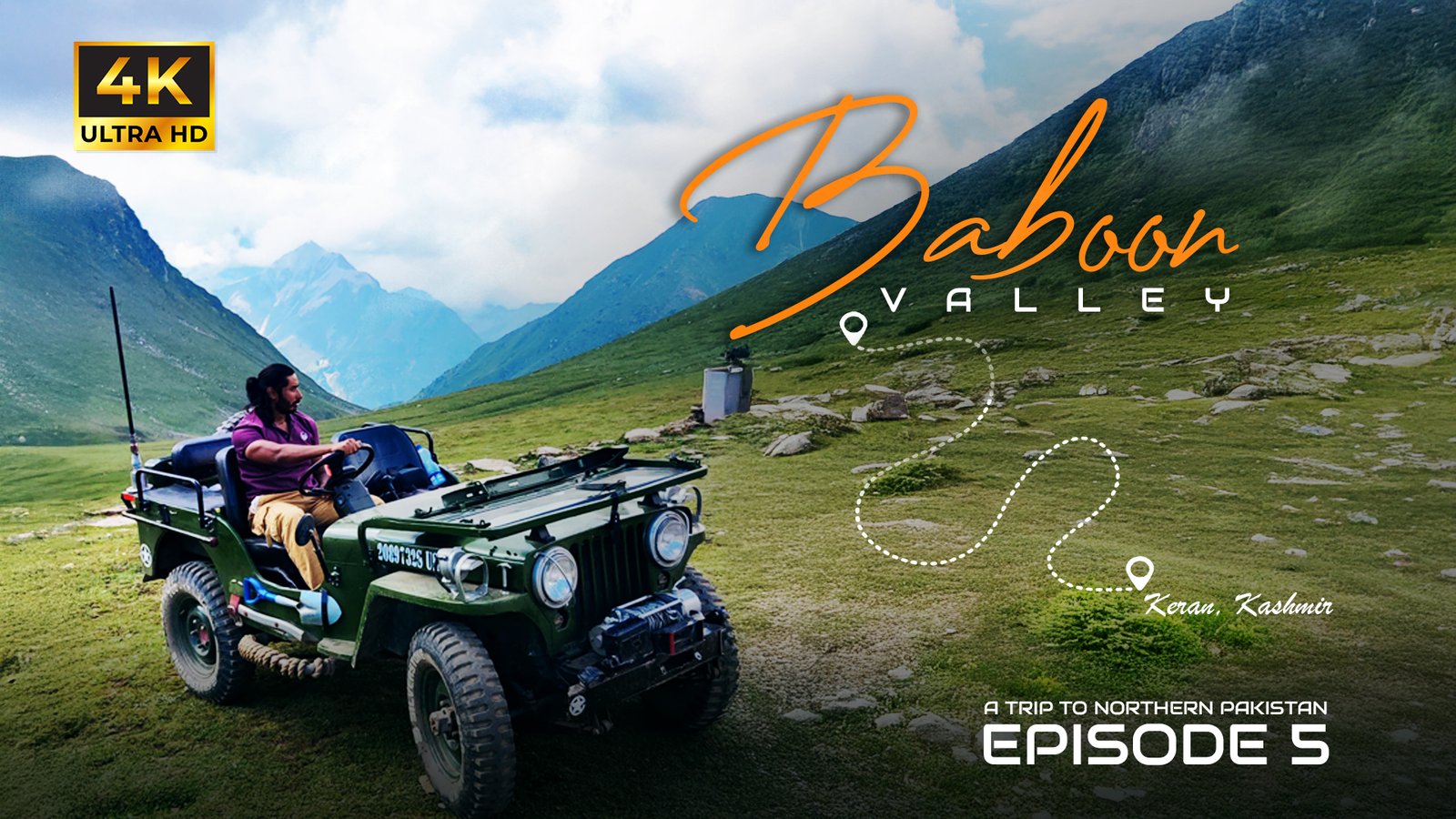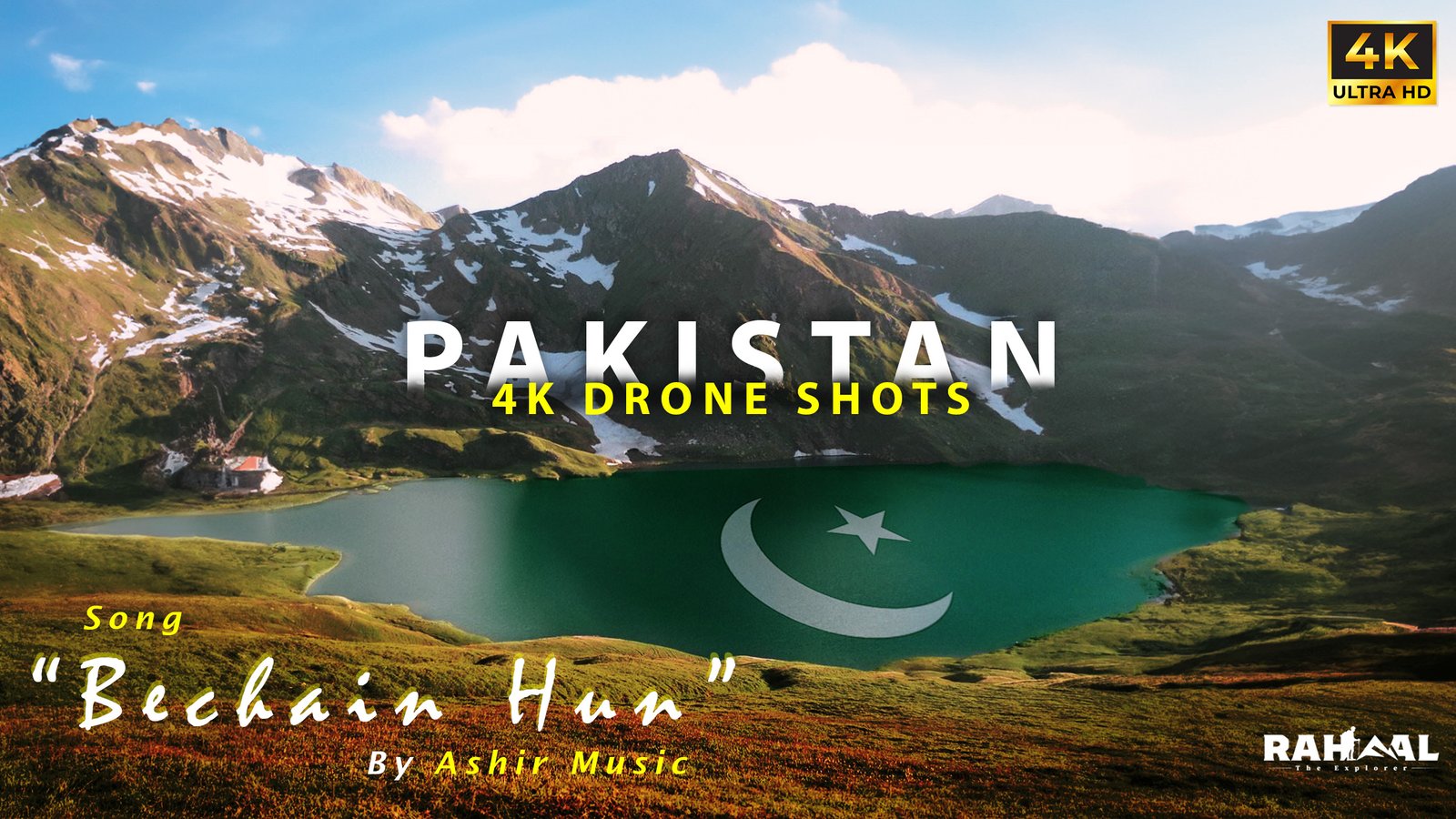Introduction
Nestled in the heart of the Canadian Rockies, Yoho National Park is often overshadowed by its more famous neighbors, Banff and Jasper. Yet for travelers who seek untouched wilderness, thundering waterfalls, and pristine alpine lakes, Yoho National Park is the ultimate hidden gem of Canada.
This park, whose name “Yoho” comes from a Cree expression meaning awe and wonder, truly lives up to its name. With over 400 kilometers of hiking trails, turquoise glacial lakes, and some of the most dramatic mountain vistas in North America, Yoho offers an experience that combines natural beauty with serenity.
In this detailed guide, we’ll explore everything you need to know to plan your trip to Yoho National Park — from must-see attractions and top hiking trails to travel tips, lodging, and FAQs — all optimized to help your blog rank higher on Google for the keyword “yoho national park.”
Where is Yoho National Park Located?
Yoho National Park lies in southeastern British Columbia, along the Trans-Canada Highway, right on the border with Alberta. It forms part of the Canadian Rocky Mountain Parks UNESCO World Heritage Site, alongside Banff, Jasper, and Kootenay National Parks.
- Nearest Town: Field, British Columbia
- Distance from Banff: 28 kilometers (about 25 minutes by car)
- Distance from Calgary: 210 kilometers (approximately 2.5 hours drive)
Its central location makes Yoho ideal for travelers exploring the Rocky Mountain circuit, offering a quieter, more intimate alternative to the busy national parks nearby.
Best Time to Visit Yoho National Park
While Yoho National Park is open year-round, the best time to visit depends on the experience you’re seeking.
1. Summer (June to September)
This is the peak season for hiking, sightseeing, and photography. Most roads, trails, and lakes are fully accessible, and wildflowers are in full bloom.
2. Fall (September to October)
Expect fewer crowds, colorful larch trees, and crisp air. It’s perfect for photographers capturing autumn hues against snow-capped peaks.
3. Winter (November to April)
Though many trails close due to snow, the park transforms into a winter wonderland. Cross-country skiing and snowshoeing are popular activities.
4. Spring (May to June)
Melting snow feeds Yoho’s famous waterfalls, making this the best season for witnessing their full power.
Top Attractions in Yoho National Park
From towering waterfalls to historic railways and crystal-clear lakes, Yoho offers countless scenic wonders. Here are the must-see attractions.
1. Emerald Lake
The crown jewel of Yoho National Park, Emerald Lake, is a picture-perfect destination known for its vivid turquoise waters. Surrounded by lush forests and the President Range mountains, the lake gets its color from glacial rock flour suspended in the water.
- Activities: Canoeing, photography, hiking, and birdwatching
- Emerald Lake Loop Trail: A flat 5.3 km trail circling the lake (about 1.5 hours)
- Where to Stay: The luxurious Emerald Lake Lodge offers rustic yet elegant accommodation right on the lake’s shore.
Tip: Visit early morning or at sunset to catch mirror-like reflections of the surrounding peaks.
2. Takakkaw Falls
Standing at 373 meters (1,224 feet), Takakkaw Falls is one of Canada’s tallest and most breathtaking waterfalls. The name “Takakkaw” means magnificent in Cree, and the falls certainly live up to that description.
- Access: A short 1.3 km walk from the parking area
- Best Time to Visit: Late June through September, when snowmelt from the Daly Glacier is at its peak
- Fun Fact: The road to Takakkaw Falls features one of Canada’s most dramatic switchbacks — an adventure in itself.
The thundering sound of the falls combined with mist-filled air creates an unforgettable sensory experience.
3. Natural Bridge
Formed by centuries of erosion, the Natural Bridge is a stone formation carved by the rushing Kicking Horse River. It’s one of Yoho’s most photographed spots and easily accessible year-round.
- Distance from Field: 3 km
- Accessibility: Wheelchair-friendly viewing platforms
- Tip: Visit early morning for soft light and fewer visitors.
4. Wapta Falls
The Wapta Falls, located on the Kicking Horse River, are among the largest in Yoho National Park — measuring 107 meters wide and 30 meters high.
- Trail Length: 4.6 km round trip
- Time Required: About 1.5–2 hours
- Difficulty: Easy
From the viewing platform or the riverbed below, you can feel the sheer power of the falls as mist rises into the air.
5. Spiral Tunnels
One of the most fascinating engineering feats in Canada, the Spiral Tunnels were built in 1909 to help trains safely navigate the steep Kicking Horse Pass.
- Viewpoint Location: Along the Trans-Canada Highway, 7 km east of Field
- Best Viewing Time: Late afternoon when freight trains pass through the tunnels
Watching trains snake through the mountain in a spiral pattern is a remarkable sight that brings history to life.
6. Lake O’Hara
Often described as the most beautiful lake in the Canadian Rockies, Lake O’Hara is a protected gem requiring advance reservation. Access is limited to preserve its fragile ecosystem, but it’s worth the effort.
How to Visit: By reservation-only Parks Canada bus or 11 km hike
Activities: Hiking, photography, and picnicking
Top Trails:
- Opabin Plateau Trail – Alpine meadows and glacier views
- Lake Oesa Trail – Breathtaking lakeside scenery
Due to its exclusivity and pristine setting, Lake O’Hara is one of the most rewarding places to visit in Yoho National Park.
Best Hiking Trails in Yoho National Park
Yoho National Park boasts a vast network of trails ranging from easy walks to challenging alpine routes.
1. Emerald Triangle Trail
- Distance: 20 km
- Difficulty: Moderate to difficult
- Highlights: Emerald Lake, Yoho Pass, and panoramic mountain views
2. Laughing Falls Trail
- Distance: 8.8 km round trip
- Difficulty: Easy
- Highlights: Waterfalls, forested paths, and glacier-fed streams
3. Iceline Trail
- Distance: 20.8 km loop
- Difficulty: Challenging
- Highlights: Glaciers, alpine tundra, and dramatic mountain scenery
The Iceline Trail is considered Yoho’s most iconic hike, offering unparalleled views of the Takakkaw Falls and surrounding icefields.
Wildlife in Yoho National Park
Yoho is home to an incredible variety of wildlife. Visitors often spot elk, moose, bighorn sheep, mountain goats, and even black bears. Birdwatchers can find golden eagles, Clark’s nutcrackers, and loons throughout the park.
To protect these animals, keep a safe distance and store food securely when camping.
Where to Stay in Yoho National Park
Accommodation in and around Yoho ranges from luxury lodges to rustic campsites.
1. Lodges & Hotels
- Emerald Lake Lodge – Romantic getaway with lake views.
- Cathedral Mountain Lodge – Cozy cabins surrounded by wilderness.
- The Great Divide Lodge – Convenient for budget travelers exploring Yoho and Banff.
2. Camping
Yoho offers four main campgrounds managed by Parks Canada:
- Kicking Horse Campground (main and most popular)
- Monarch Campground (first-come, first-served)
- Takakkaw Falls Campground (walk-in only, limited facilities)
- Hoodoo Creek Campground (open in summer)
Book early during peak season, especially if you plan to camp near Emerald Lake or Takakkaw Falls.
Travel Tips for Visiting Yoho National Park
- Start early in the day. Popular spots like Emerald Lake and Natural Bridge get crowded by midday.
- Check trail conditions. Snow and mud can persist even in early summer.
- Carry bear spray and know how to use it. Wildlife encounters are possible.
- Bring layers. Mountain weather changes rapidly.
- Stay hydrated. Many hikes are at higher elevations.
Sustainability and Responsible Travel
Yoho National Park is a pristine ecosystem that requires care and respect. Travelers are encouraged to follow Leave No Trace principles, stay on designated trails, and minimize plastic use. Supporting local businesses in Field and nearby Golden helps sustain the regional economy.
Nearby Attractions
If you have extra time, extend your trip to explore nearby destinations:
- Banff National Park – Iconic Lake Louise and Moraine Lake (30 minutes away)
- Kootenay National Park – Hot springs and scenic drives
- Golden, BC – Adventure hub for rafting, ziplining, and mountain biking
These parks are interconnected, offering a full Rocky Mountain experience.
Frequently Asked Questions (FAQs)
1. Where is Yoho National Park located?
Yoho National Park is located in southeastern British Columbia, near the Alberta border, within the Canadian Rockies.
2. How do I get to Yoho National Park?
Take the Trans-Canada Highway (Highway 1) from Calgary or Banff. The park entrance is just past the Alberta–British Columbia border.
3. What is Yoho National Park known for?
Yoho is known for its stunning waterfalls, turquoise lakes, alpine hiking trails, and geological formations, including the Burgess Shale fossils.
4. Can I visit Yoho National Park in one day?
Yes, you can see major attractions like Emerald Lake, Natural Bridge, and Takakkaw Falls in one day, but staying overnight allows for more exploration.
5. Is camping allowed in Yoho National Park?
Yes. Parks Canada operates several campgrounds. Reservations can be made online through the Parks Canada website.
6. Are pets allowed in Yoho National Park?
Pets are welcome on most trails but must be kept on a leash at all times.
7. What is the best time to visit Yoho National Park?
The best months are June to September, when roads and trails are clear of snow.
8. Do I need a park pass to enter Yoho National Park?
Yes. A Parks Canada Pass is required and can be purchased at the park entrance or online.
9. Can I see Lake O’Hara without a reservation?
No, access to Lake O’Hara is limited and requires advance reservation due to environmental protection measures.
10. How high are Takakkaw Falls?
Takakkaw Falls is 373 meters (1,224 feet) tall, making it one of Canada’s tallest waterfalls.
Conclusion
Yoho National Park is more than just a stop along the Trans-Canada Highway—it’s a place of raw natural beauty, serenity, and wonder. From the turquoise waters of Emerald Lake to the roaring Takakkaw Falls, every turn reveals a new marvel of nature.
Whether you’re hiking alpine trails, photographing glaciers, or simply taking in the view, Yoho captures the spirit of adventure that defines the Canadian wilderness. For travelers who want to escape the crowds and experience an authentic side of the Rockies, Yoho National Park truly is Canada’s hidden gem waiting to be explored.






